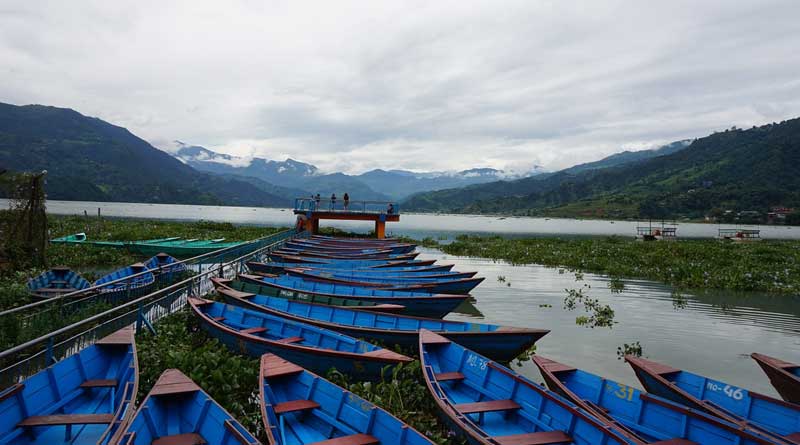Rivers Breach Warning Levels Amid Monsoon Fury
As monsoon intensifies across large parts of India, multiple rivers have breached their flood warning levels, posing a growing threat to lives and infrastructure. While no sites have yet entered “severe” or “extreme” flood zones, water levels in 11 river monitoring stations have surged past cautionary thresholds. Amid these warnings, Odisha’s Balasore and Mayurbhanj districts have been worst hit, prompting swift rescue operations by disaster response forces.
ODRAF Rescues Thousands in Flood-Hit Odisha
In north Odisha, relentless rainfall has led to rising waters in major rivers such as the Subarnarekha, Budhabalanga, and Jalaka, submerging villages and displacing thousands. The Odisha Disaster Rapid Action Force (ODRAF) has been at the forefront of rescue operations in Balasore and Mayurbhanj, coordinating with Fire Services under the direct supervision of DIG Satyajit Naik.
According to official data from the Odisha Police, over 8,191 people have been rescued from 18 blocks in these two districts. In Balasore, around 2,000 residents from vulnerable areas like Baliapal, Bhograi, Basta, Kamarda, and Singla were evacuated. Meanwhile, in Mayurbhanj, over 6,000 individuals from blocks including Saraskana, Rasgovindpur, Badasahi, Betanati, and Baripada were moved to safety.
Eleven ODRAF teams—six in Mayurbhanj and five in Balasore—remain active on the ground, working continuously to clear waterlogged zones, issue flood alerts, and shelter displaced residents. Authorities have assured ongoing monitoring to minimize loss of life and property as rainfall persists.
Flood Alert Across India: 12 Sites Under Watch
While Odisha grapples with on-ground rescue, the Central Water Commission (CWC) has flagged a broader national concern. Its daily flood bulletin reported that 11 river stations across India had breached warning levels, though none have reached danger or extreme flood categories yet.
Twelve locations in five states—Assam, Bihar, Odisha, Tamil Nadu, and Uttar Pradesh—are experiencing “above-normal” flooding:
· In Assam, the Kushiyara River at Karimganj and Brahmaputra at Neamatighat (Jorhat) are nearing concerning levels.
· Bihar is under watch with rising levels in the Kosi (Baltara), Bagmati (Benibad), and Gandak (Dumariaghat).
· In Uttar Pradesh, the Ganga (Fatehgarh and Kachhla Bridge), Ghagra (Elginbridge), and Gandak (Khadda) have all touched or exceeded warning levels.
· Odisha’sSubarnarekha River at Mathani Road Bridge and Rajghat (Balasore district) has been flagged.
· Tamil Nadu reported elevated water at Musiri on the Cauvery River.
Despite this, the CWC has emphasized that no rivers have yet reached historical flood peaks, keeping emergency responses in the “monitoring and preparedness” stage rather than full-scale crisis.
Reservoirs Under Pressure: Inflows Rise Across States
Alongside river surges, reservoir and barrage inflows are climbing in several regions. The CWC has issued inflow forecasts for 23 locations in 10 states, including Andhra Pradesh, Karnataka, Telangana, Odisha, and West Bengal.
In Karnataka, major reservoirs like Almatti, Narayanapur, and Tungabhadra are witnessing high inflows with steady or rising water levels. Similarly, Rengali Reservoir in Odisha and Durgapur Barrage in West Bengal are being closely monitored due to potential downstream impacts.
Vigilance Is Key Amid Controlled Crisis
While no river has crossed into dangerous flood zones, the widespread breaches of warning levels are a cause for sustained alertness. Odisha’s swift deployment of ODRAF reflects a model of proactive disaster response, potentially saving lives amid unpredictable weather.
As monsoon rains continue and rivers swell further, coordinated monitoring, timely evacuations, and real-time alerts remain essential to prevent disasters. The coming weeks will test India’s flood preparedness—and underscore the urgency of climate-resilient infrastructure across its river basins.
(With agency inputs)



















